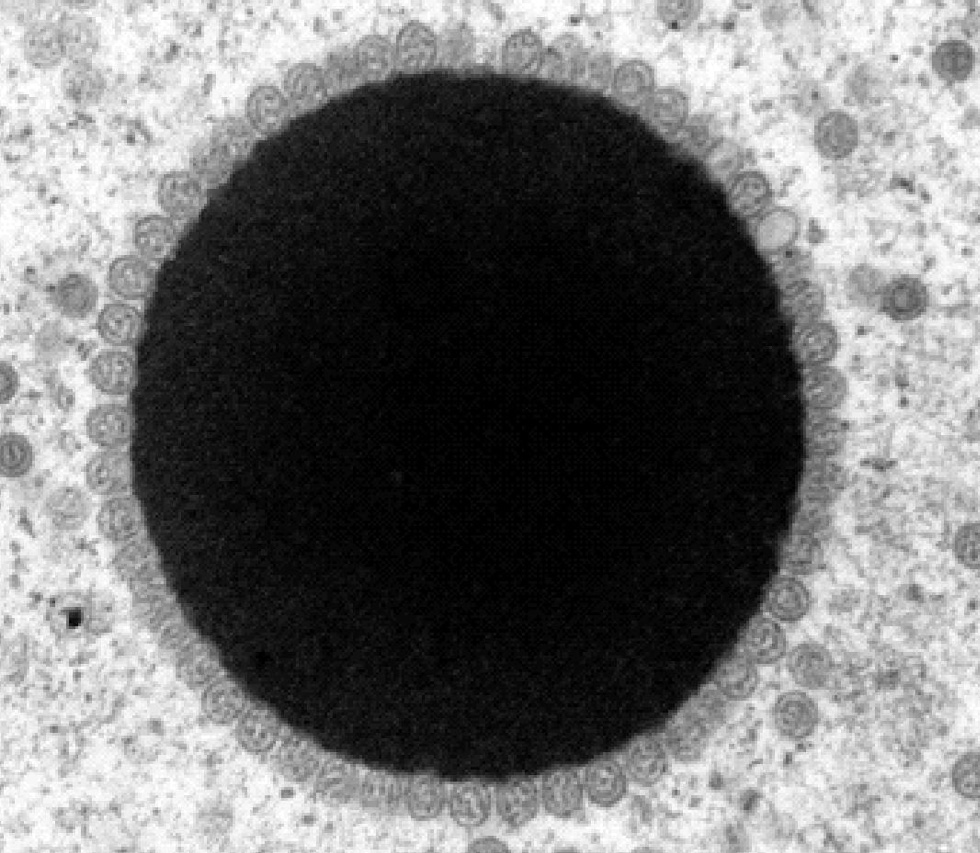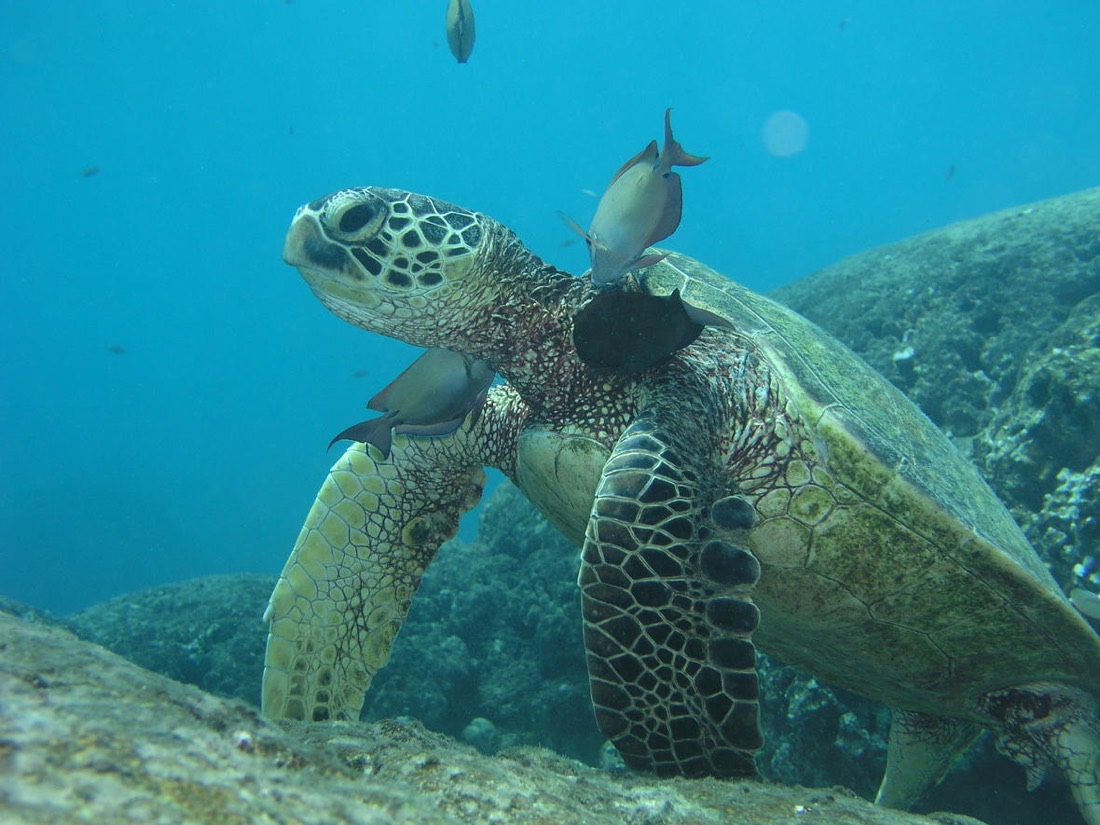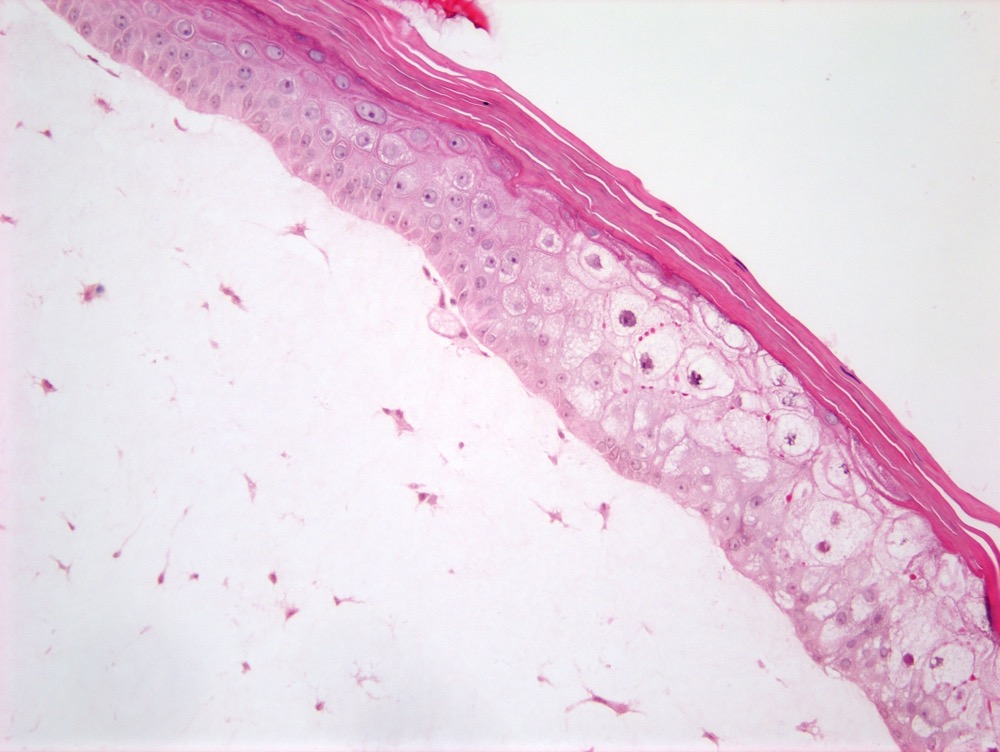Why Scientists Are Growing Herpes-Ridden Turtle Skin in the Lab

Dr. Frankenstein, eat your heart out: Scientists have grown the pebbly green skin of sea turtles in the lab for the first time ever.
In fact, it's the first time anyone has ever grown reptile skin in a laboratory, period. The reason? Researchers are trying to understand the behavior of a bizarre and mysterious virus that afflicts green sea turtles with huge, warty tumors.
These "gnarly" tumors are the main symptom of a disease called fibropapillomatosis, said study leader Thierry Work, a wildlife disease specialist with the U.S. Geologic Survey in Honolulu. It's found in green sea turtles (Chelonia mydas) worldwide. The tumors grow all over the turtles' bodies — including around the eyes and mouth, and on internal organs — so many turtles with fibropapillomatosis die of malnutrition and immune system complications, Work told Live Science. [11 Body Parts Grown in the Lab]
The International Union for Conservation of Nature and the U.S. Endangered Species Act list green sea turtles as threatened or endangered throughout their ranges worldwide.

For at least 20 years, researchers have known that a virus called chelonid herpesvirus 5, or ChHV5, is often associated with fibropapillomatosis tumors. But the herpesvirus doesn't reproduce under laboratory conditions, so scientists haven't been able to study it, or even prove that it's the cause of the disease.
Growing skin
The new lab-grown turtle skin could change all that. Through lots of trial and error, Work and his colleagues were able to take skin cells from sea turtles with fibropapillomatosis that had been euthanized and use them to grow actual skin tissue in the lab. This was a challenge, Work said, because the team had to reproduce the three-dimensional structure of turtle skin using two cell types: fibroblasts and keratinocytes. Getting it to work required lots of adaptations to techniques that have been used to grow human and other mammal skin tissue under lab conditions, Work said.
Once the researchers managed to sustain the skin in the lab, they were able to reproduce the virus within the three-dimensional skin structure.
Sign up for the Live Science daily newsletter now
Get the world’s most fascinating discoveries delivered straight to your inbox.
"It really did allow us to see the complete development of the virus," Work said.
3D structure
The viral reproduction was exciting because it was the first time anyone had grown ChHV5 in the lab. But it was also significant because the researchers found that the virus replicates differently in three-dimensional skin tissue than other herpesviruses do on single layers of cells in a petri dish. For example, they found bizarre sun-shaped replication centers, around which viruses encased in protein shells called capsids arranged themselves.

"The idea [we have] of how herpesviruses replicate might be really skewed," Work said.
Now that the ChHV5 virus can be grown in the lab, researchers will be able to extract and purify it to confirm whether this is the virus that causes fibropapillomatosis, he said. Ultimately, the goal is to develop a blood test for the virus so that turtles that aren't showing symptoms can be tested. Those kinds of blood tests can reveal the virus's presence in an environment, Work said.
"If you can trace the virus, you can start looking at the environmental variables that are conducive to disease occurrence," he said. "And then you can work to modify the environment to decrease the incidence of disease."
The research appeared June 14 in the Journal of Virology.
Original article on Live Science.

Stephanie Pappas is a contributing writer for Live Science, covering topics ranging from geoscience to archaeology to the human brain and behavior. She was previously a senior writer for Live Science but is now a freelancer based in Denver, Colorado, and regularly contributes to Scientific American and The Monitor, the monthly magazine of the American Psychological Association. Stephanie received a bachelor's degree in psychology from the University of South Carolina and a graduate certificate in science communication from the University of California, Santa Cruz.









